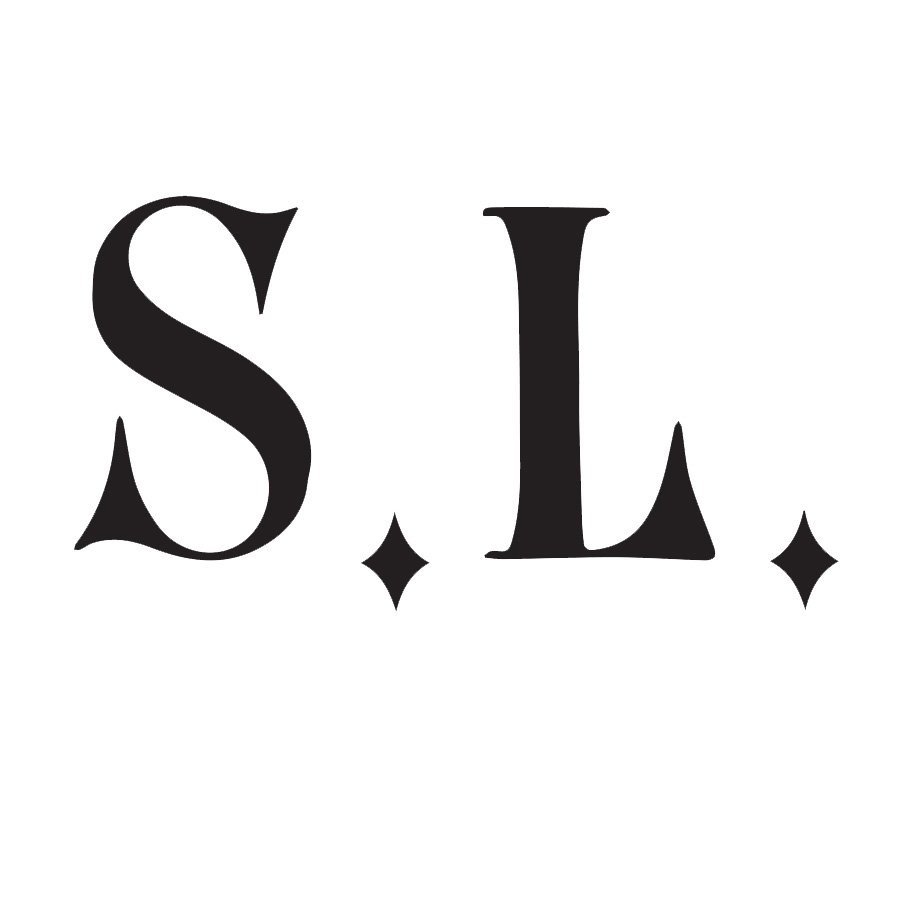JUNK IS NO GOOD BABY
Justin Chance, Nina Hartmann, Lyric Shen, Mike Yaniro
October 26 - December 3, 2022
Silke Lindner is excited to inaugurate her TriBeCa gallery space with an exhibition featuring works by Justin Chance, Nina Hartmann, Lyric Shen and Mike Yaniro. The title of the show references a line from the poem collection Permutations by visual artist and writer Brion Gysin. The compilation consists of a series of short phrases and sentences in which the order of words is rearranged exhaustively. Composed between 1958 and 1982, originally written manually and later on computer-generated, the poems are constructed in the style of Gysin’s ‘cut-up method’, a written collage system that introduces the element of chance, questions hierarchies and suggests new semantic systems.
Through techniques like collage, sewing, drawing, sculpture and image transfers, the four artists in the show explore methods of image making through a lens of language, addressing its potentials and limitations. Removed from pre-existing conventional codes and parameters, their works layer information and symbolism from a multitude of cultural references into their own, preserving only their nonverbal echoes. They distort, translate, archive and protect. They cut up, regroup, and short-circuit control.
Lyric Shen’s sculptures transpose digital images of personal memories onto ceramic surfaces. Through the process of hydrographic printing, the ink adapts to the clay’s irregularities of its unprimed skin-like surface, distorting the information it carries like time that undulates the memory. Similarly contorted is the cursive writing of a plasma-cut black steel stand that draws from biblical language often utilized in tattoos, another medium in Shen’s practice. In a deliberately unrefined language, rendering image and word nearly illegible, Lyric Shen challenges linguistic conventions by seeking nonverbal forms of communication that uncover its emotive essence, its cultural and industrial associations.
Justin Chance’s quilted works restructure traditional techniques of quilting by layering dyed and felted wool fibers in between sheets of cotton and transparent silk. Transposing the quilt’s traditional order of bottom - middle filler - top image, he explores new ways of image making in which the filler becomes substrate, its core turned inside out. Revealing its internal networks through the friction of fibers and dissemination of pigments, the image points to Chance’s broader interest in social structures and the geopolitical power of language. In another work, a multilayered riddle of jigsaw puzzle and word search based on a song by Bobby Womack, Justin Chance ties the viewer into a conundrum of what language can and cannot solve.
By interweaving her own symbolism into obscure nets of information, Nina Hartmann creates the framework for a coded language that equally uncovers and conceals. Glyph-like signs, marks reminiscent of maps or secret coordinates are combined with cryptic images that only hint to the depth of their narratives, found and fostered in alternative news sources. Through image transfers onto encaustic paintings on shaped panels or printed on vinyl curtains set inside of steel frames like protective shields, Hartmann’s works archive evidence of the arcane as if they are contemporary relics. Exploring notions of truth and myth-making, her own traces equal the foot prints that she follows and blur the lines between the seeker and sought.
Mike Yaniro’s drawings are rooted in an interest in the mechanics and implications of directional readability of images and information. Composed of microscopic calibration patterns, the drawings are structured like pages in a book, exploring the various modules in which books and pages are structured through the lateral flow of the line, the vertical or columnar buildup and the linear buildup organized through depth. Integrating a symbolism drawn from the optical system within these parameters, the drawings become human eye and human hand; the metaphorical self. Mirror-staged backwards, it erases itself in the process of over-identifying with its double.
